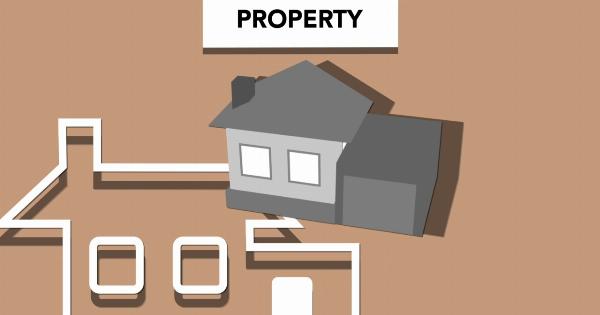Regular check-ups are essential to ensure that your insurance policy is meeting your needs and providing adequate coverage. Just like you would visit a doctor for an annual physical, it’s important to review your insurance policy annually.
This article will guide you through the process and help you understand what to expect at your insurance policy’s annual check-up.
Why Should You Schedule an Annual Check-up for Your Insurance Policy?
An annual insurance policy check-up allows you to evaluate your coverage, identify any gaps or overlaps, and make necessary adjustments to keep up with your changing needs and circumstances.
It’s an opportunity to review policy terms, limits, deductibles, and premiums to ensure that they align with your current situation. Without regular reviews, you may miss out on potential savings or discover that you are underinsured when you need coverage the most.
Gather Your Insurance Documents
Before your check-up, gather all your insurance documents, including your policy contracts, declarations pages, bills, and any other relevant paperwork.
Having everything in one place will make it easier to review your current coverage and identify any necessary changes or updates.
Evaluate Your Coverage Needs
Consider any major life changes that may have occurred since your last insurance policy review. Have you gotten married or divorced? Had children? Bought a new home or car? Started a business? These changes can significantly impact your coverage needs.
Review your current policies against your current lifestyle, assets, and risks to ensure that you have adequate protection.
Review Policy Terms and Limits
Take a close look at the terms and conditions outlined in your insurance policy. Familiarize yourself with coverage details, exclusions, and limitations.
Pay special attention to policy limits, which indicate the maximum amount your insurance company will pay for a claim. If your current policy limits seem low, consider increasing them to avoid out-of-pocket expenses in case of a major loss.
Assess Deductibles and Premiums
Examine the deductibles and premiums associated with your insurance policies. Deductibles are the amount you must pay out-of-pocket before your insurance coverage kicks in, while premiums are the regular payments you make to maintain your coverage.
Evaluate whether your deductibles are still affordable and whether your premium payments fit comfortably within your budget. If necessary, consider adjusting these figures to better align with your financial circumstances.
Check for Discounts and Bundling Opportunities
Insurance companies often provide discounts for policyholders who meet certain criteria. It’s worth checking if you qualify for any available discounts.
Examples of common discounts include safe driving discounts for auto insurance, multiple policy discounts for bundling multiple policies, and home security system discounts for homeowners insurance. Taking advantage of these discounts can help you save money while maintaining adequate coverage.
Compare Quotes from Different Insurance Companies
Competition among insurance companies can lead to varying premiums and coverage options. It’s a good idea to compare quotes from different insurers to ensure that you are getting the best value for your money.
Online comparison tools or working with an independent insurance agent can make this process easier. Keep in mind that while price is a significant factor, it’s also essential to evaluate the reputation and customer service of the insurance company.
Consider Additional Coverage Options
During your annual check-up, take time to explore any additional coverage options that may be available to you.
These could include umbrella insurance, which provides extra liability coverage beyond what is covered by your primary policies, or specific endorsements tailored to your unique needs. For example, if you’ve acquired valuable jewelry or started a home-based business, you may require additional coverage beyond your standard policies.
Discuss Changes with Your Insurance Agent
Once you’ve completed your self-assessment and gathered all the necessary information, it’s time to discuss your findings with your insurance agent. Schedule an appointment or reach out to them by phone or email.
Share any concerns, ask questions, and seek their guidance on making appropriate changes to your policy. Your agent is there to help you navigate the complexities of insurance and ensure that you have the right coverage in place.
Update Your Policy and Documentation
If you decide to make changes to your insurance policy based on your annual check-up, it’s important to update the policy and associated documentation accordingly.
Review the revised policy carefully and ensure that all changes are accurately reflected. Keep a copy of the updated policy and related documents in a safe and easily accessible place.
Set a Reminder for Next Year’s Check-up
Completing an annual insurance policy check-up is a habit worth cultivating. Set a reminder for next year’s check-up to ensure that you remain proactive about maintaining adequate coverage and protecting your assets.
Regular reviews will help you stay on top of policy changes, evaluate new coverage options, and ensure peace of mind.
























